Summarize 12 facts that computer security professionals must know
Everyone, good morning Sunday. I had a good time last night. I think the best thing about the weekend should be Saturday night. Attend a party, watch a new rap, come on a date, the whole state is the best, because Friday night is a bit The exhaustion of going to work, on Sunday night, because I have to go to work on Monday, I am more restrained.
There are very few professions that need to face the rapidly changing complex conditions of IT security professionals. Practitioners encounter an average of 5,000 to 7,000 new software vulnerabilities each year, which means that in daily defense work, you may encounter 15 new security risks every day. In addition, tens of millions of different malicious software will appear in the IT environment every year.
Under this constant threat and pressure, any loophole can cause devastating damage-including causing companies to get negative headlines, jeopardizing revenues, and even causing employees to leave their jobs.

But the security team has every reason and ability to fight back.
Below, we will discuss together 12 facts that every computer security professional should know. I hope all this can help everyone to start this Jedi counterattack more confidently.

The opponent's motives
As the saying goes, knowing oneself and the other can win all battles. Each attacker has his own motivation and goal, and the combination of the two determines what they want to do and how to implement it.
At present, most of the hackers who threaten us have serious motives, and they are mainly divided into the following categories:
economic factors
Nation State Support/Network Warfare
Corporate espionage
Hacktivist
Resource theft
Cheating in multiplayer games
Although the attack technology has matured, there are still differences in each specific attack activity. Therefore, understanding the motivation becomes the key to solving the problem. You should first consider the "why" before taking any action. This may bring you important clues to defeat your opponent.
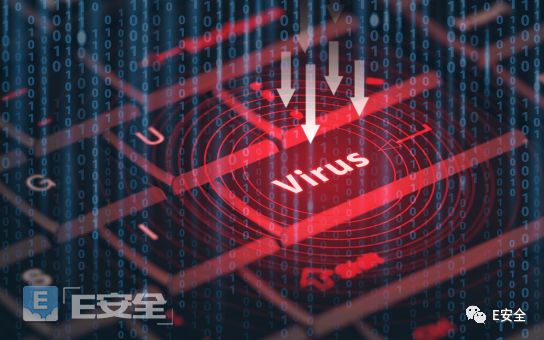
Malware type
Malware is divided into three main types: computer viruses, Trojan horses, and worms. Any malware program can belong to one or a combination of these categories.
A computer virus is a type of malicious software program that hosts itself in other programs, files, and digital storage media for copying. Among them, Trojan horses are a type of malicious software that claims to be legitimate, which may cause people to activate them unintentionally through inducements. Trojan horses do not replicate themselves, and their spread mainly depends on people's curiosity. A worm is a self-replicating program that uses code to propagate itself without the need for other load-bearing programs or files.
It is important to understand these basic categories of malware. In this way, when you are looking for malware programs, you can integrate the most likely malware programs to accurately determine the origin of the malware and guess where it might spread.
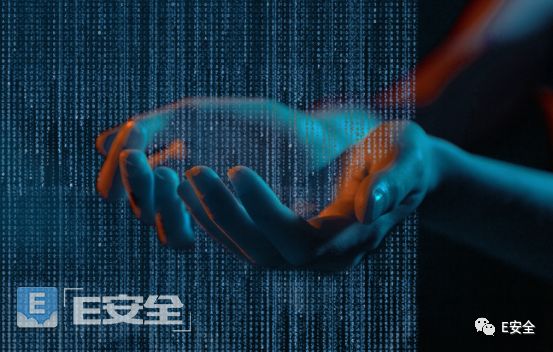
Root of the attack
Every year, IT security experts are faced with countless new types of software vulnerabilities and millions of different types of malicious software. However, the environmental penetration of these malicious factors can actually be attributed to 12 root causes. Only by blocking the root causes of these attacks can hacker attacks and malicious software be truly blocked. The following are the root causes of these 12 specific attacks:
Zero-day vulnerability
Unrepaired software
malicious software
Social engineering
Password attack
Eavesdropping/man-in-the-middle attack
Data breach
Configuration error
Absolute service
Insiders/partners/consultants/suppliers/third parties
User error
Physical access
If you are not familiar with one or more of the root causes, please study and study immediately.
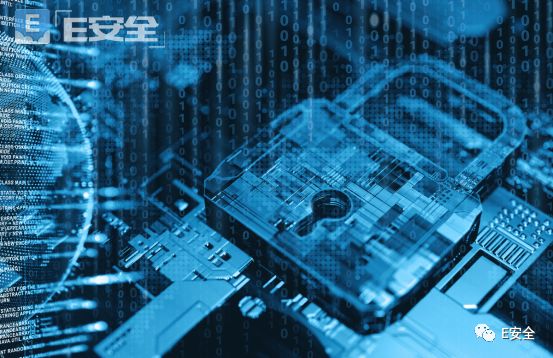
Cryptography and data protection
Digital cryptography is the art of ensuring information security to prevent unauthorized access and tampering. Every IT security professional should master the basics of encryption, including asymmetric encryption, symmetric encryption, hashing, and key distribution and protection. Data protection requires the use of a large number of encryption technologies, and data integrity protection also requires the collection and use of data in a legal manner, protecting private content from unauthorized access, and ensuring that secure backup has the ability to prevent malicious tampering and achieve availability. Nowadays, the legal requirements for data protection are becoming more and more stringent, and it is natural for practitioners to seize the time to improve their own standards.
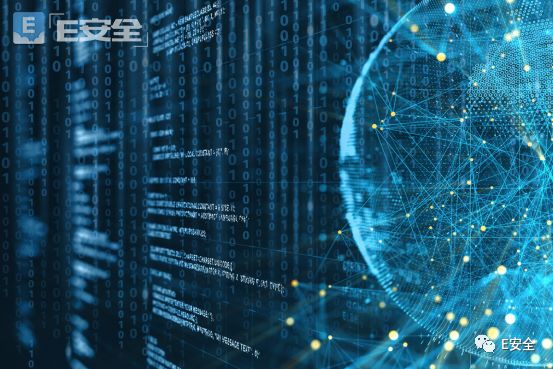
Network and network data packet analysis
In fact, it is not difficult to judge the truly outstanding IT security professionals in the team: just observe whether they have the ability to perform packet-level analysis of the network. A good security expert should be familiar with the basics of the network-such as protocols, port numbers, network addresses, OSI model layers, the difference between routers and switches, and be able to read and understand the actual meaning of each field in a network packet.
All in all, understanding and analyzing network data packets is to truly understand the network itself and the computers that use network resources.

Basic conventional defense
Almost every computer has a conventional basic defense mechanism, and of course good IT professionals will try their best to play its protective role. The following are the basic "standards" in computer security, including:
Patch management
End user training
Firewall
Anti-virus tools
Security configuration
Encryption/password
verification
Intrusion detection
Logging
Understanding and applying basic conventional IT security defense mechanisms is an essential skill for every IT security professional. But in addition to understanding its functions, it should also be clear which tasks it is good at performing and which important protection capabilities it lacks.

Verification basis
Good security professionals will realize that the verification mechanism is more than just entering a valid password or passing a two-factor ID test. It also involves more details. Verification starts with providing a valid identity tag in any namespace—for example, email address, user principal name, or login name.
The essence of verification is the process by which valid identity holders and their verification databases/services provide one or more "secret" information. When the valid identity holder enters the correct verification factors, it proves that the authenticated user is the valid holder of the identity. After successfully completing the authentication, the subject's attempt to access the protected resource will be checked by the authorized security manager process. You should record all login and access attempts in a log file.

Mobile threat
Today, the number of mobile devices in the world has exceeded the total population, and most people obtain most of their daily information through mobile devices. Since mobility is only likely to grow further, IT security professionals need to take mobile devices, mobile threats, and mobile security issues seriously. The most important mobile threats currently include:
Mobile malware
Spyware
Data or credential theft
Image stealing
Ransomware
Phishing attack
Insecure wireless connection
For most mobile threats, their threats to mobile devices are no different from traditional computer threats. Of course, there are also some differences between the two. Understanding this difference is the job of a good IT professional. Therefore, any security person who is not familiar with the details of mobile devices should start learning as soon as possible.
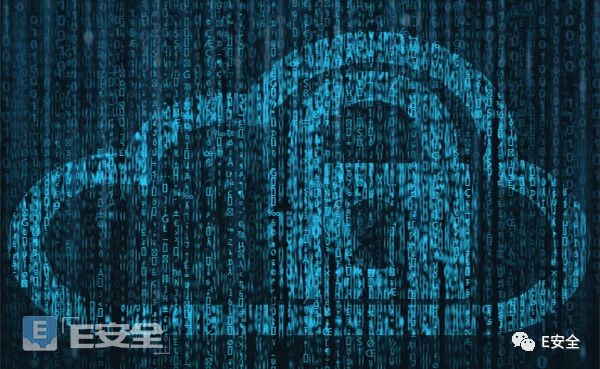
Cloud security
Popular Q&A: Which four factors make cloud security more complicated than traditional networks?
Every IT expert should be able to pass this test easily.
the answer is:
Lack of control
Always exposed to the internet
Multi-tenancy (shared service/server)
Virtualization/containerization/microservices
What's interesting is that what the cloud really represents is "other people's computers" and all the risks that come with it. Traditional enterprise managers cannot control the servers, services, and infrastructure that store third data and user services in the cloud. Therefore, we must pin our hopes on cloud service providers and trust that their security teams will effectively perform their duties. Cloud infrastructure almost represents a multi-tenant architecture, developed through virtualization and the newly emerging microservices and containerization, so it is difficult for us to distinguish the data of different customers. Some people believe that every new form of development will make the infrastructure more complex, and complexity and security usually have a conflicting relationship.

record
Year after year, security research has been emphasizing that the most overlooked security incidents have always existed in log files. And our task is to check the contents of the log. Therefore, an excellent event recording system becomes very important. Good IT professionals should understand how to set up such systems and when to make inquiries.
The following are the basic execution steps of incident recording, and every IT security professional should be proficient in:
policy
Configuration
Event log collection
Normalization
index
storage
Associate
Benchmarking
alarm
report

Incident response
Finally, every IT environment will encounter the problem of defense failure sooner or later. For some reason, hackers or malicious software created by it can always find opportunities, and serious negative consequences follow. Therefore, a good IT professional should always be prepared, develop an incident response plan, and implement the plan immediately. Good incident response capabilities are crucial, which may ultimately determine whether our corporate image and even our business life can continue. The basic factors of incident response include:
Respond in a timely and effective manner
Limit the scope of the hazard
Conduct forensic analysis
Don't threaten
communication
Limit subsequent harm
Sum up experience and lessons

Threat education and communication
Most threats are in the known category and frequently recur. Therefore, from the end user to the senior management team and even the board members, everyone involved should understand the biggest threats facing the company and the preventive measures that should be taken. Certain threats we face at present, such as social engineering, can only be eliminated through employee education. Therefore, communication skills often become one of the important indicators of the business level of IT professionals.
Communication is an important IT security skill, but you should not rely solely on your own personal charm in this regard. There are many specific methods of communication, including face-to-face conversations, written documents, emails, online learning modules, newsletters, tests, and phishing simulations.
Every good IT professional should have the ability to communicate clearly and effectively both verbally and in writing. When appropriate, you should understand how to create or purchase the necessary education and communication tools. No matter what technical control scheme is actually deployed, newer and more powerful new products will appear every year. Therefore, make sure that stakeholders are prepared for this.
Our company`s current transformers have high precision,wide range,small volume and good linearity that can be used to the field of electronic watt-hour meter, electric energy metering, electronic detection.
Performance
â—Power frequency insulation strength:The insulation between the primary winding and the secondary winding and the ground part of the CT can bear 4kV power frequency voltage for 1minute
â—Interturn insulation strength:The secondary open circuit, the primary winding through the rated current 1min, no inter-turn damage in the transformer
â—The deviation is better than the industry standards and national standards
Zero Phase Residual Ct,Small Type Current Transformer,Stable Current Transformer,Good Residual Current Transformer
Anyang Kayo Amorphous Technology Co.,Ltd. , https://www.kayoamotech.com